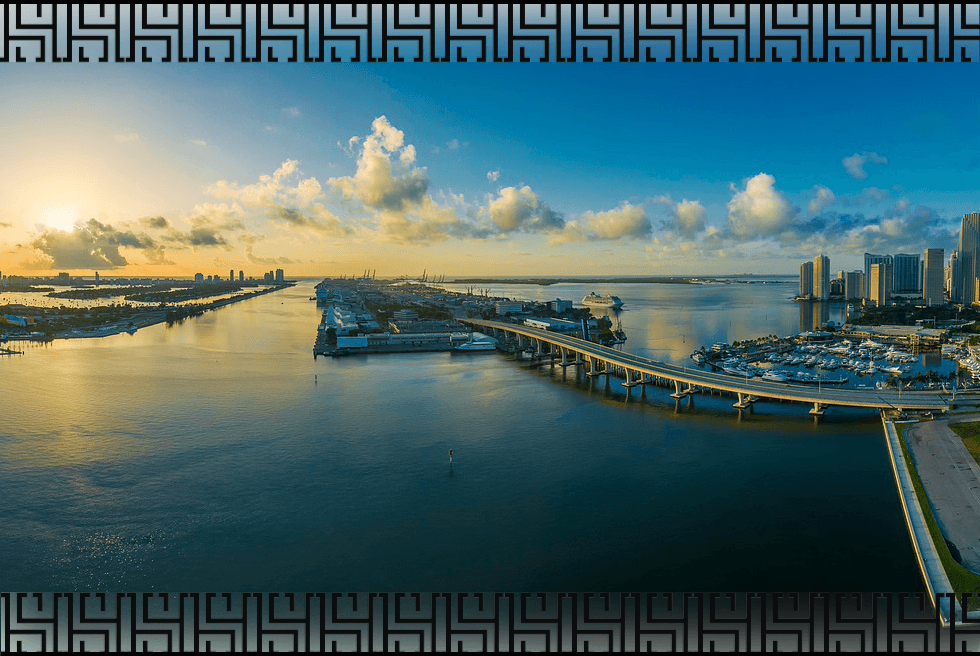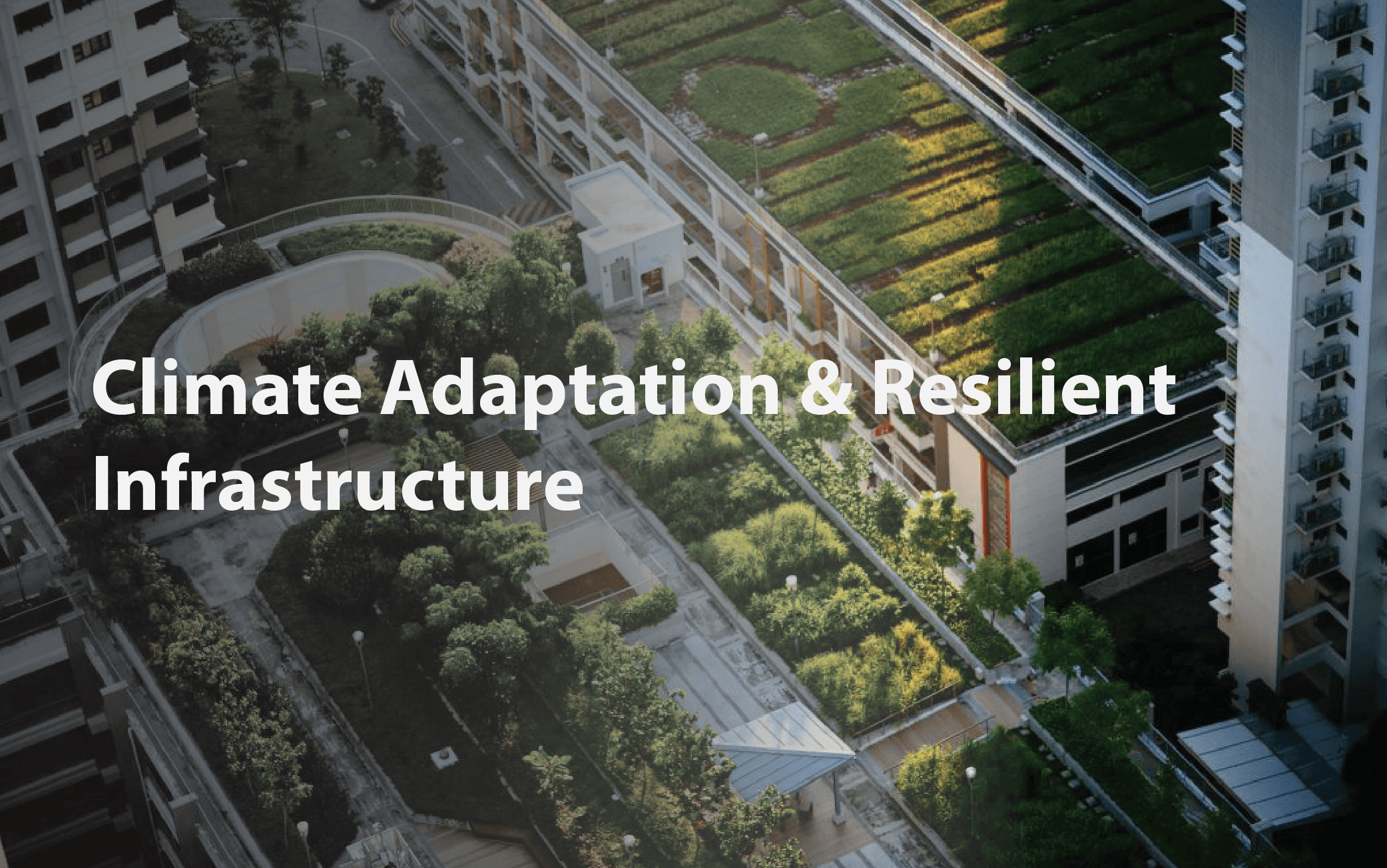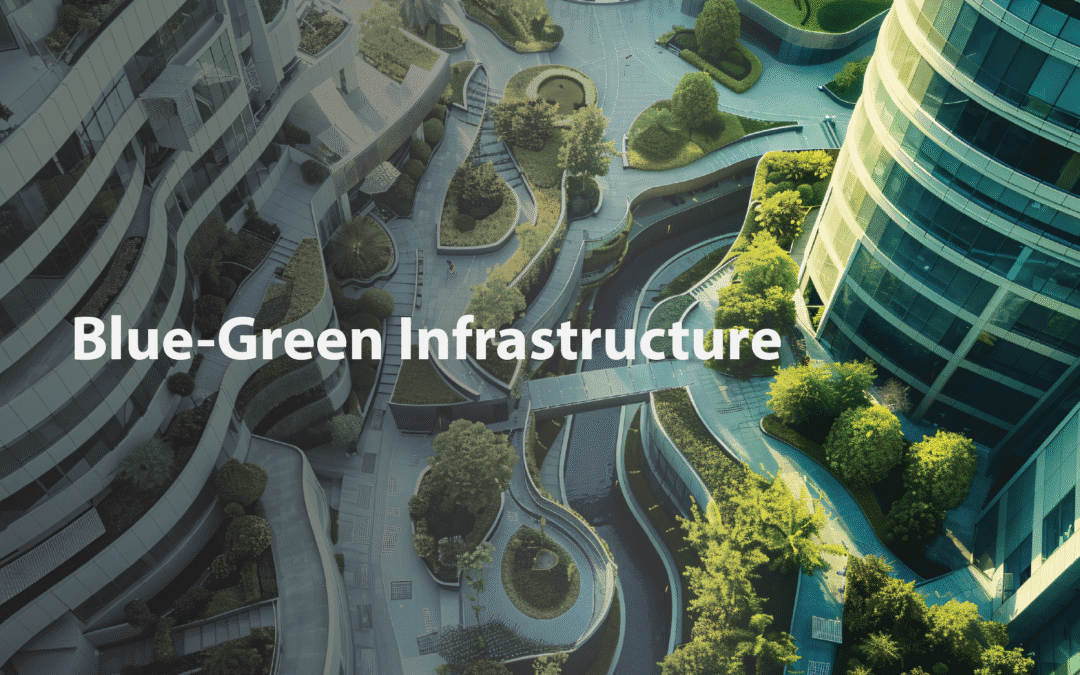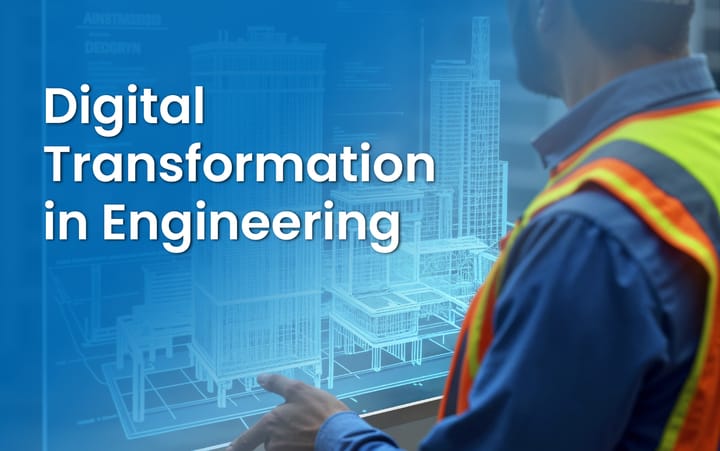The New Reality: Climate Adaptation and Resilient Infrastructure
We are now engineering for the present; the days of planning for the future are over.
The “100-year storms” of the last decade are quickly becoming everyday occurrences. The vital infrastructure constructed to 20th-century standards is merely not meeting the climate challenges of the 21st century, from catastrophic flooding overpowering coastal barriers to record-breaking heatwaves melting asphalt. The very pillars of international stability and economic activity roads, power grids, water systems, and communication networks are exposed, vulnerable, and becoming more costly to repair.
This is an existential threat to long-term investment, not just an operational one.
The HS Group Viewpoint: “Resilience is now the cornerstone of responsible, long-term engineering, not an optional extra. It involves planning for severe weather and developing systems that can quickly recover, adjust to change, and absorb shock.
Our goal is to help clients shift from merely managing risks to radically altering their assets. In our opinion, the most essential tactic for guaranteeing asset longevity, business continuity, and financial stability in a world that is becoming more unstable is climate adaptation and resilient infrastructure. To ensure a genuinely resilient infrastructure, we need a proactive, integrated strategy that starts with prediction and concludes with ongoing monitoring.
Framework for Resilient Infrastructure
Our three-step, all-inclusive approach to building climate resilience in infrastructure at HS Group incorporates adaptive strategies into each stage of the asset lifecycle. Any organization looking for proven climate adaptation and resilient infrastructure engineering services should utilize this framework.
Climate Risk & Vulnerability Assessment
Without measurement, it is impossible to manage. The first step is to predict future realities, and going beyond historical data is a first step.
Process: We model site-specific risks over the asset’s design lifespan, which is 50 to 100 years, using cutting-edge GIS and the most recent climate projection data. This entails charting future maximum temperatures, sea level rise paths, possible flood depths, and changes in precipitation patterns. This meticulous analysis allows us to precisely quantify the threat to critical structural and operational integrity, providing a clear roadmap for necessary climate adaptation and resilient infrastructure measures.
Adaptive Design & Engineering Solutions
It is necessary to shift from static, standard blueprints to dynamic, adaptable solutions when designing for extreme weather. Our climate adaptation and resilient infrastructure engineering services focus on customizing design elements to particular regional hazards, ensuring maximum resilient infrastructure capacity.
Solutions by Hazard:
Coastal/Flooding: We use comprehensive solutions rather than just conventional seawalls. This includes using deployable flood barriers for short-term protection, designing buildings with raised foundations, and incorporating natural defenses like dune systems and mangrove restoration as green infrastructure. In urban settings, permeable pavements are also used to control surface water and lessen the strain of runoff.
Extreme Heat/Drought: We recommend using heat-reflective materials on pavements and roofs to counteract rising temperatures and the Urban Heat Island effect. Design incorporates green roofs for insulation and cooling, along with closed-loop water-recycling systems for sustainable operations. We also emphasize shade-integrated design to protect both people and assets.
Wildfires: We prioritize survivability for infrastructure in areas prone to fire. This entails establishing defensible perimeters around essential locations and defining fire-resistant materials. We design ventilation systems that are resistant to embers to shield internal equipment from flying fire debris.
Resilience Operations & Monitoring
We understand that resilience continues after construction is finished. Continuous intelligence is necessary for an infrastructure system to be genuinely resilient.
Process: We utilize advanced IoT sensor networks to observe the condition of our assets in reality. These networks monitor essential indicators such as structural shifts, pavement temperature, and bridge scour, or erosion around foundations. These systems automatically send out predictive maintenance alerts when predetermined thresholds are crossed, enabling operators to take action before a disruption happens. This proactive maintenance cycle dramatically reduces downtime and extends the service life of the asset, demonstrating the long-term value of climate adaptation and resilient infrastructure.

Sector-Specific Applications
The most essential industries utilize our climate adaptation and resilient infrastructure engineering services to ensure they can withstand climate shocks and continue to generate income.
Transportation: We design next-generation climate-adaptive bridges with real-time scour monitoring systems, avoiding catastrophic failure during periods of heavy rainfall. Roadways built with materials and techniques that can withstand high temperatures without buckling or degrading quickly to maintain vital access corridors.
Water & Energy: We prioritize the physical defense of vital utilities. Protecting them from flooding and sea level rise involves raising and hardening pumping stations and wastewater treatment facilities. We are actively working to harden power grids against the combined threats of severe storms and protracted heatwaves to reduce blackouts and guarantee that critical services continue to function.
Urban Development: Sponge Cities, or urban areas with integrated water management systems, are a concept we are leading the way in. Parks, wetlands, and bio-retention areas should be used to absorb rainfall and stop flooding. We also design cool corridors, which are shaded, vegetated pathways to counteract the urban heat island effect, making cities safer and more livable during heat events.
Need help engineering a future-proof portfolio? Get a free quote today by contact HS Group.

Frequently Asked Questions (FAQ)
What is climate resilience in infrastructure?
The ability of a physical system (such as a bridge, road, or power plant) to foresee, absorb, adapt to, and quickly recover from disruptive climate events (such as floods, extreme heat, or sea-level rise) is known as climate resilience in infrastructure. It entails planning for extreme weather conditions rather than historical norms.
Why is climate adaptation and resilient infrastructure necessary for new construction?
As historical climate data is no longer a reliable indicator of future conditions, climate adaptation and resilient infrastructure are required. New construction should be built to withstand the projected environmental realities over its entire lifespan (more than 50 years) to ensure that taxpayer and private investments remain safe and functional as the climate changes.
How does HS Group address designing for extreme weather?
HS Group utilizes site-specific vulnerability assessments and sophisticated climate modeling to design for extreme weather. This makes the asset more robust by enabling us to choose adaptive design solutions, such as employing heat-resistant materials, raising buildings in flood zones, and placing predictive monitoring systems.
What are climate adaptation and resilient infrastructure engineering services?
Assessing climate risks to planned or existing assets and developing strategic engineering solutions to mitigate those risks are the main objectives of climate adaptation and resilient infrastructure engineering services, which are specialized consulting and design services. Risk modeling, resilience measure, lifecycle cost analysis, and the creation of novel resilient infrastructure features are included.








